Optimal Timing for Swimming Pool Removal
Determining the optimal time for swimming pool removals depends on several factors, including weather conditions, local climate, and project scheduling. Typically, late fall to early spring is preferred in regions with cold winters, as the ground is often less saturated and excavation is easier. Conversely, in warmer climates, late winter or early spring can be ideal, avoiding the peak heat of summer. Planning during these periods can help minimize disruptions and ensure smoother project completion.
Choosing the right season can impact project timelines and safety. Cooler months often provide more stable ground conditions, reducing delays.
Avoiding heavy rain and extreme temperatures helps prevent project interruptions and ensures safety during removal.
Off-peak seasons may offer better scheduling options and potentially lower costs due to reduced demand.
Understanding regional weather patterns assists in selecting the most suitable time for pool removal activities.
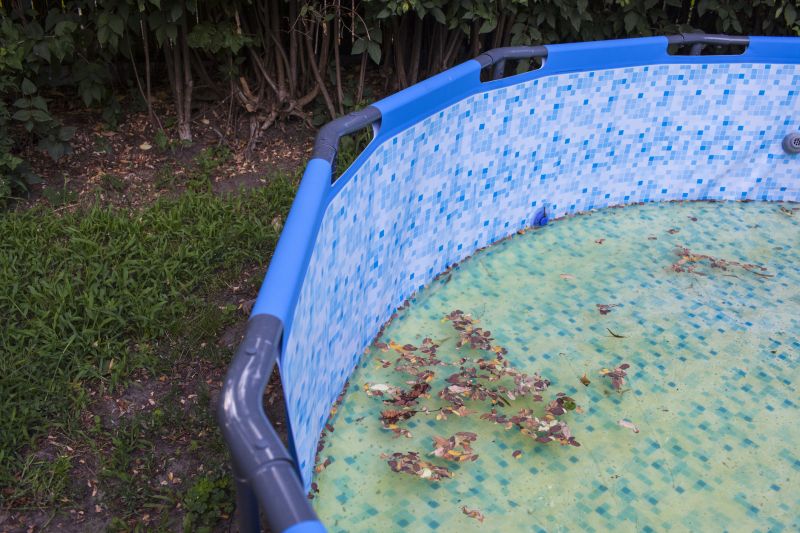
Spring offers moderate weather and ground conditions suitable for efficient removal.
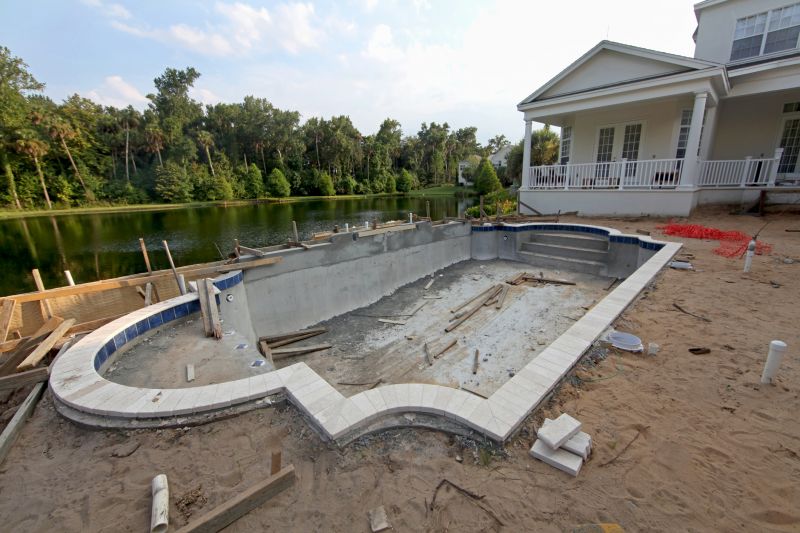
Fall often provides cooler temperatures and less rain, ideal for excavation work.
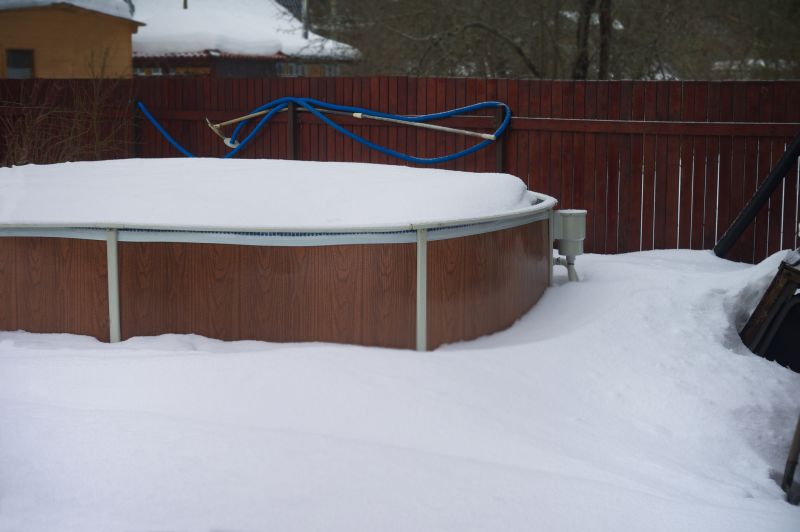
In colder regions, winter can be advantageous due to frozen ground, simplifying excavation.

Ways to make Swimming Pool Removals work in tight or awkward layouts.
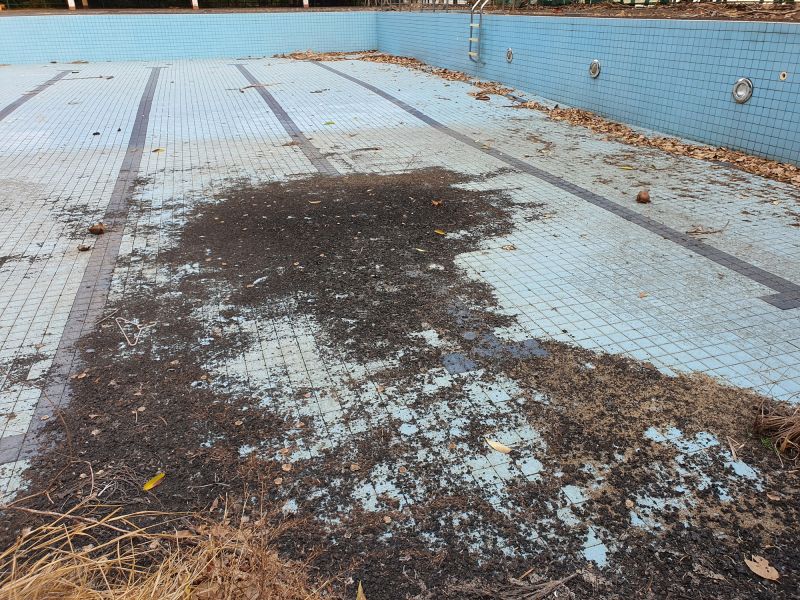
Popular materials for Swimming Pool Removals and why they hold up over time.

Simple add-ons that improve Swimming Pool Removals without blowing the budget.
Swimming pool removals involve the complete excavation and disposal of existing pools, often requiring specialized equipment and planning. The process typically includes draining the pool, breaking down the structure, and removing debris. Proper timing ensures minimal impact on property landscaping and reduces environmental concerns related to soil disturbance.
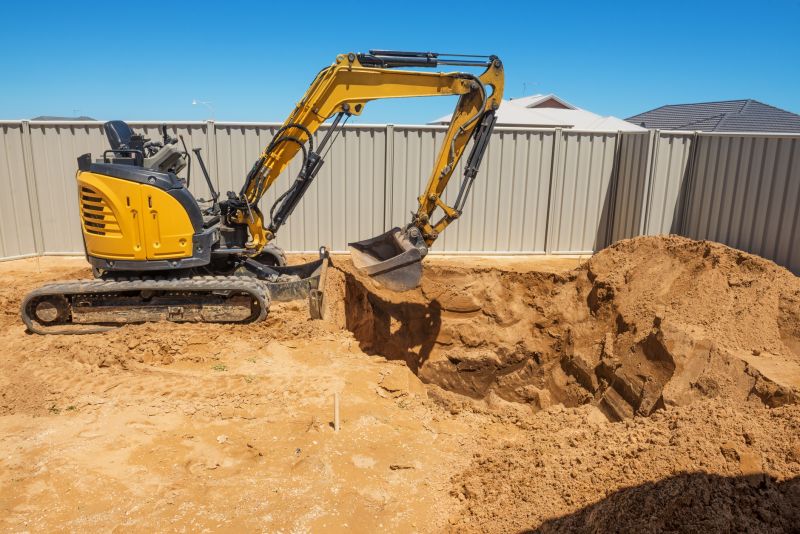
Heavy machinery is used to efficiently remove pools, especially during optimal weather conditions.
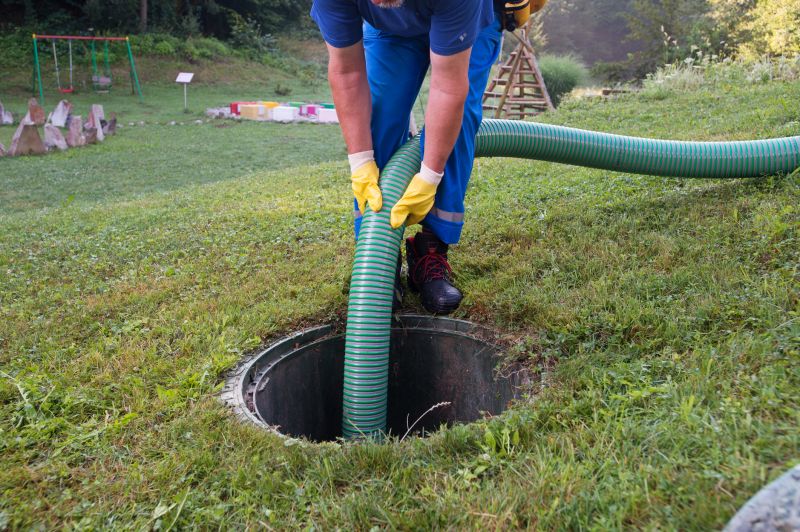
Materials are transported to approved disposal sites, complying with local regulations.
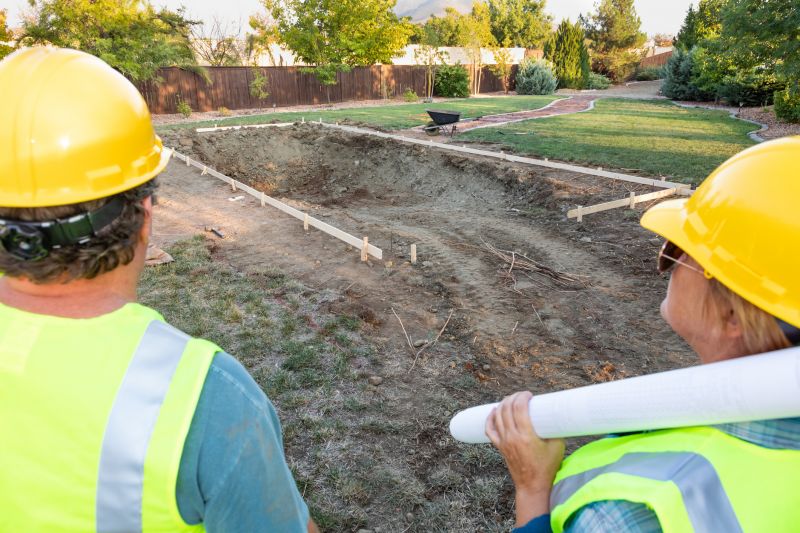
Post-removal, the site is leveled and prepared for future use or landscaping.

Proper safety protocols are followed to protect workers and property during removal.

High-end options that actually feel worth it for Swimming Pool Removals.

Finishes and colors that play nicely with Swimming Pool Removals.
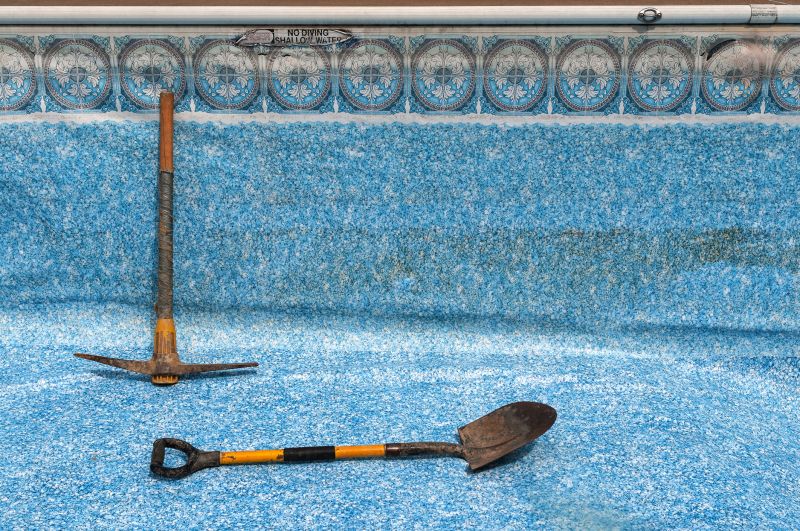
Little measurements that prevent headaches on Swimming Pool Removals day.

A 60-second routine that keeps Swimming Pool Removals looking new.
| Factor | Optimal Timing |
|---|---|
| Weather Conditions | Dry, mild weather in late fall or early spring |
| Ground Saturation | Less saturated ground in cooler months |
| Regional Climate | Depends on local seasonal patterns |
| Project Schedule | Off-peak seasons for better availability |
| Environmental Factors | Avoid periods of heavy rain or extreme cold |
Choosing the right time for swimming pool removal can influence project efficiency, safety, and cost. Proper planning aligned with seasonal and regional factors ensures a smoother process and minimizes potential delays or complications. Consulting with experienced professionals can help determine the most suitable window based on specific property conditions.

Specialized machinery facilitates quick and safe removal of pool structures.

Preparing the site during optimal seasons helps streamline the removal process.

Efficient debris management ensures minimal disruption to the property.

Post-removal grading prepares the site for future use.

A frequent mistake in Swimming Pool Removals and how to dodge it.

Small tweaks to make Swimming Pool Removals safer and easier to use.

Lower-waste or water-saving choices for Swimming Pool Removals.

The short, realistic tool list for quality Swimming Pool Removals.
Interested property owners can contact professionals to discuss scheduling and specific requirements for swimming pool removals. Proper timing can lead to cost savings and a more efficient project completion. Filling out a contact form provides an opportunity to receive tailored advice and estimates based on individual property conditions.



